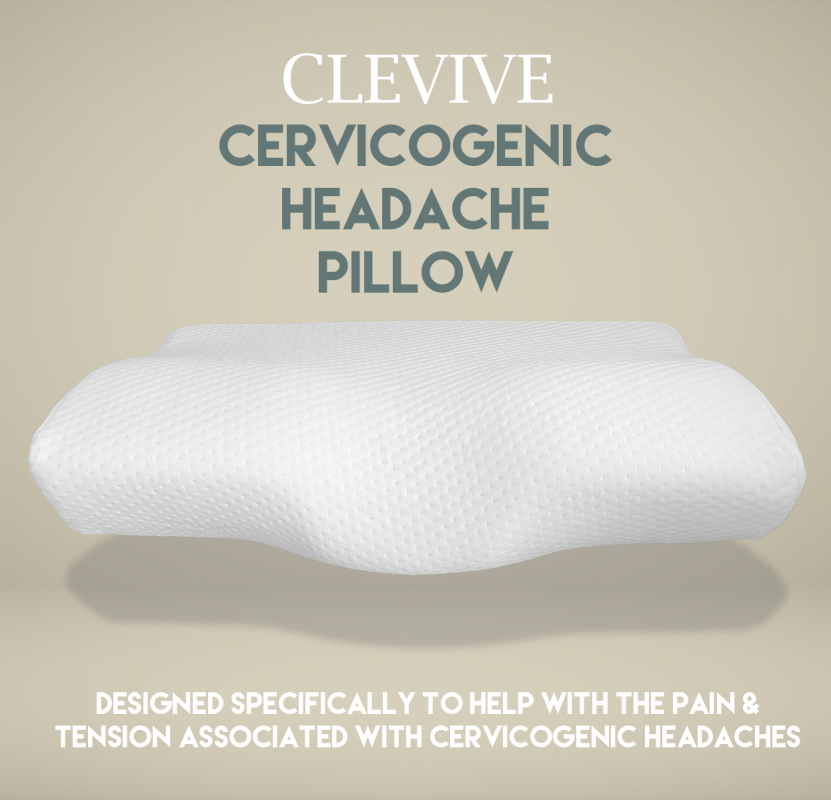Uncategorized
What is the best Sleeping Position to prevent Cervicogenic Headaches
Dealing with Cervicogenic Headaches? Your Sleeping Position Might Be the Culprit
If you’re one of the millions of people who suffer from cervicogenic headaches, you know how debilitating they can be. These headaches, which originate from issues in the neck, can leave you feeling like someone is driving a railroad spike right through your skull. Ouch!
While there are various treatments available, including medication and physical therapy, one simple yet often overlooked factor that can significantly impact the frequency and severity of these headaches is your sleeping position. Yes, folks, how you catch those ZZZs can make a world of difference!

So, what’s the best sleeping position for cervicogenic headache sufferers? Drumroll, please…
- The Side-Sleeping Superstar
According to experts at the American Chiropractic Association, sleeping on your side is the way to go if you’re dealing with cervicogenic headaches. This position helps keep your neck and spine in a neutral alignment, reducing strain and pressure on the cervical vertebrae. Bonus points if you use a contoured pillow that supports the natural curve of your neck. - The Stomach-Sleeping Slumber Slayer
If you’re a die-hard stomach sleeper, it’s time to kick that habit to the curb – at least if you want to keep those cervicogenic headaches at bay. Sleeping on your stomach can cause your neck to twist unnaturally, leading to increased tension and potential headaches. Unless you have a penchant for waking up feeling like you’ve been hit by a truck, it’s best to avoid this position. - The Back-Sleeping Bliss
While side-sleeping takes the top spot, sleeping on your back isn’t too shabby either. Just make sure you use a thin pillow that doesn’t prop your head up too high, as this can strain your neck muscles and potentially trigger those dreaded headaches.
Now, let’s back up these tips with some credible sources:
- Side-Sleeping:
According to a study published in the Journal of Manipulative and Physiological Therapeutics, sleeping on your side can help reduce pressure on the cervical spine and alleviate neck pain and headaches. - Stomach-Sleeping:
The Cleveland Clinic warns against sleeping on your stomach, as it can cause neck strain and misalignment, potentially leading to headaches and other issues. - Back-Sleeping:
Research from the University of Rochester Medical Center suggests that sleeping on your back with a thin pillow can help maintain proper spinal alignment and reduce neck tension, potentially preventing or alleviating cervicogenic headaches.
So, there you have it, folks – the lowdown on the best sleeping positions for those pesky cervicogenic headaches. Of course, everyone’s body is different, so it’s always a good idea to experiment and find what works best for you. And if the headaches persist, don’t hesitate to seek medical advice – no one should have to live in constant pain (unless you’re a masochist, but that’s a whole different story).
Sweet dreams, and here’s to waking up without feeling like you’ve been hit by a wrecking ball!
Also, if you do suffer with cervicogenic headaches and you’d like to improve your sleeping routine – we have created the first ever pillow designed to prevent the most common triggers of these headaches.
The Cervicogenic Headache Pillow


